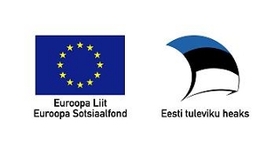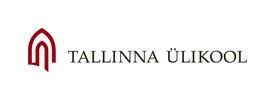Transition in the Baltic States: economical and political
- To provide a general overview about the main features of transition in CEE and the Baltic States in the 1990’s
- To provide a more detailed overview about the the economical transition and the most important market reforms in the Baltic States in the I half of 1990’s
- Discuss the question, whether Baltic countries are the consolidated democracies today and why democratization was more successful in the Baltic States than in other parts of former Soviet Union
- To introduce some new concepts: shock therapy, gradual transition, consolidated democracy
The Outcomes of the Learning Object:
- The basic knowledge about the economical transition and market reforms in the Baltic States in the 1990’s
- New concepts: shock therapy, gradual transition, consolidated democracy
The target group
Foreign students interested in the Baltic States
Learning material consits of:
- 2 video lectures: Part 1 (27 minutes) and Part 2 (54 minutes).
- 4 exercises
Technical Requirements: no special software is required, only flash player (download Adobe Flash Player) and pdf reader (download Adobe Reader) are needed.
Passing the learning object takes approximately 8 academic hours
Author of the Learning Object:
Tõnis Saarts, lecturer of Political Science, Institute of Political Science and Public Administration, Tallinn University
 |
 |
Tõnis Saarts, Tallinn University 2009
